If there is one Door Open event in Ontario that has been consistent in my attendance is Hamilton’s. The Hamilton Doors Open event occurred over my birthday (40th) weekend. While I attended the event last year, it was a much shorter trip around the city. This year would be no different, with only three locations visited, armed with my D750 and 14-24mm lens and my trusty Mamiya m645 loaded with the 35mm lens and CineStill BwXX. My father-in-law and I went to three churches. Two familiar but not having visited in several years and one new location. St. Luke’s is a new addition to the Doors Open List.
St. Lawrence the Martyr
My first visit to St. Lawrence was in 2009. While that event did not result in many locations, I remember visiting St. Lawrence and St. Mary’s as key locations in my history with Doors Open Hamilton. Seeing the increase in Roman Catholics in Hamilton, especially with the increased traffic from the railway construction, many of these working-class citizens settled in the city’s north end where the Great Western line ran. The Bayside Hill site was selected and purchased in 1882, and construction began in 1890, with the cornerstone laid on 6 May 1890 by Bishop Dowling. Built by Architect Robert Clohency, St. Lawrence Church became the third English-speaking Catholic Church in Hamilton and was designed in the Romanesque style of ecclesiastical architecture. High Mass was first celebrated at the new parish on 23 November 1882, with Father George O’Sullivan appointed parish priest. Some of the key details of the parish include the twenty-five-foot altar carved of Carrera marble and the Casavant Freres organ.
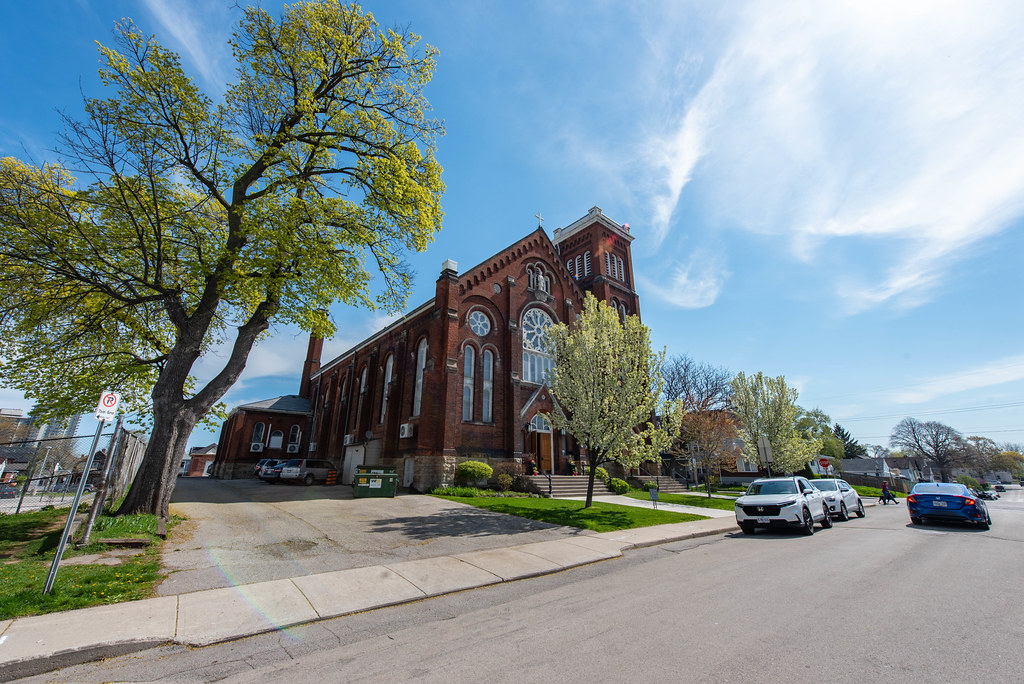
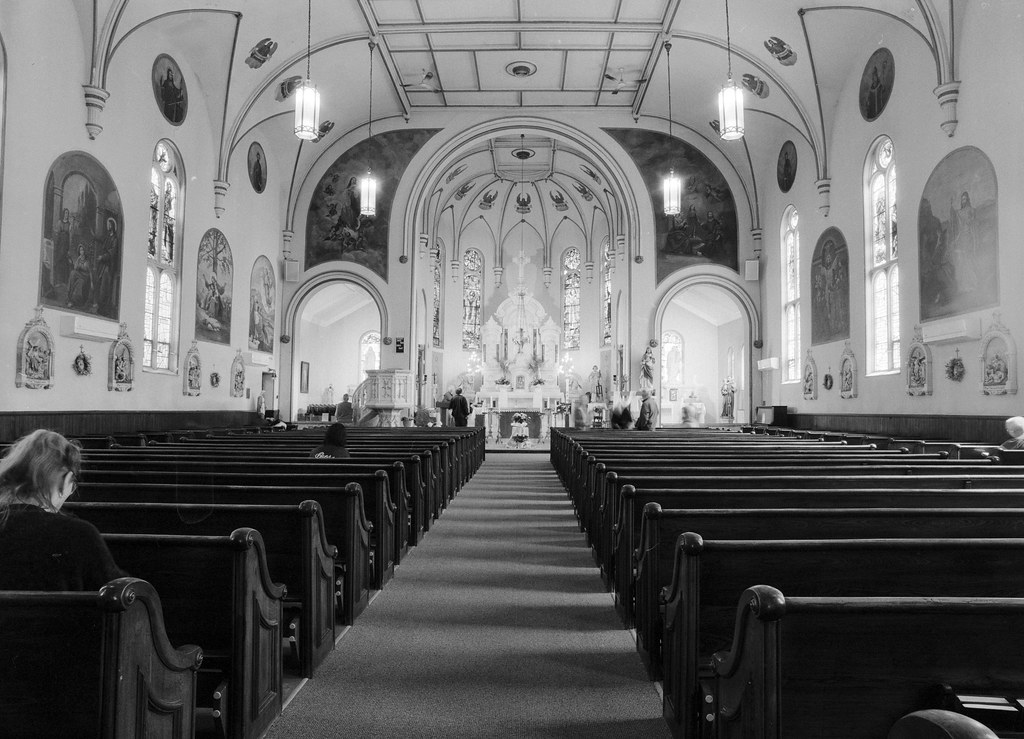

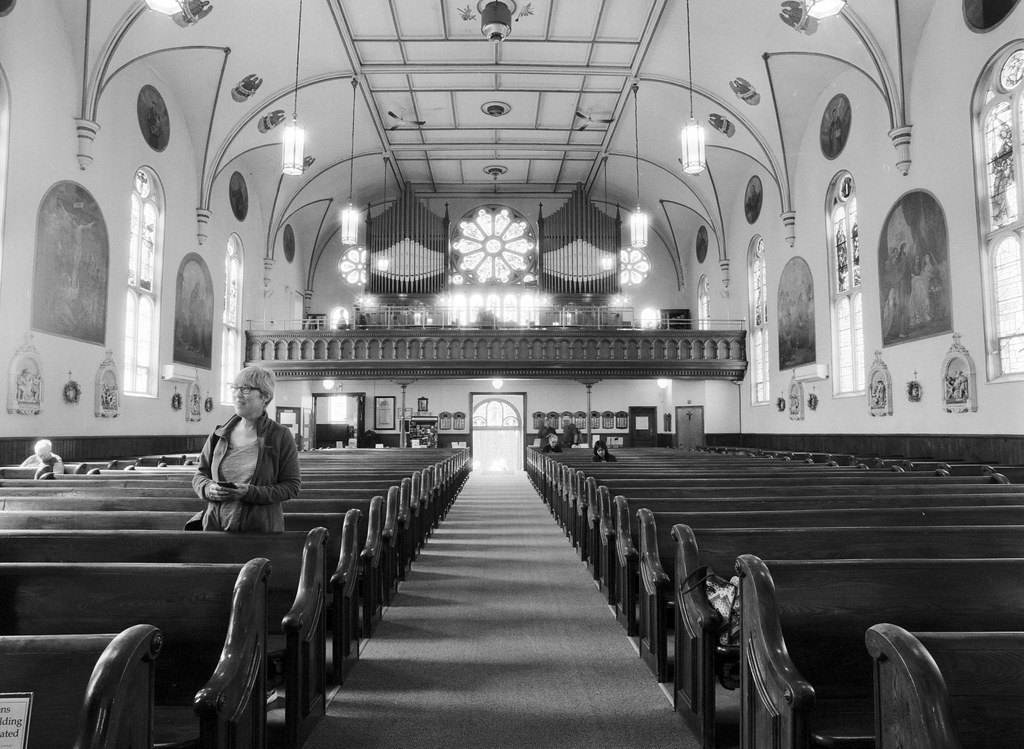
St. Luke’s Anglo-Catholic Church
St. Luke’s is the one new location for this event. This small Anglican and Catholic church is right around the corner from St. Lawrence. And lives in the shadow; this small, simple brick building dates back to the same era as St. Lawrence. At the request of the Anglicans living in Hamilton’s North End in 1881, Rev. Dr C. Mockridge took steps to establish a small Anglican parish in that part of the city as the trip to Christ Church was a long and bumpy one. A wooden building, once used as a Methodist Church, was purchased and moved to a lot on John St. to serve the new congregation, with the first service being held on 9 July 1882. Rev F Howitt was assigned the first rector, and the small parish became self-sufficient in 1883. The current brick building was completed in the late 19th Century. A parish hall was completed in 1917, although the current one is a rebuild after a 1970 fire but retains many original building materials, including the cornerstone. And while it closed in 2017, it was reopened by the Community of Common Prayer in 2019.




Central Presbyterian Church
I first visited Central in 2008, drawn in by my parents’ married here in 1980. The congregation of Central Presbyterian Church traces itself to ten members meeting in a schoolhouse in 1841. They completed their first church in 1858 and then another at Jackson & MacNab. Originally called the United Presbyterian Church of Hamilton, they renamed themselves to Central Presbyterian Church. A fire destroyed their building in 1906, and rather than rebuild in the original location, they completed a new John Lyle-designed sanctuary on Charlton. Lyle’s connection was that his father was a minister during the fire. The new sanctuary opened in 1908.


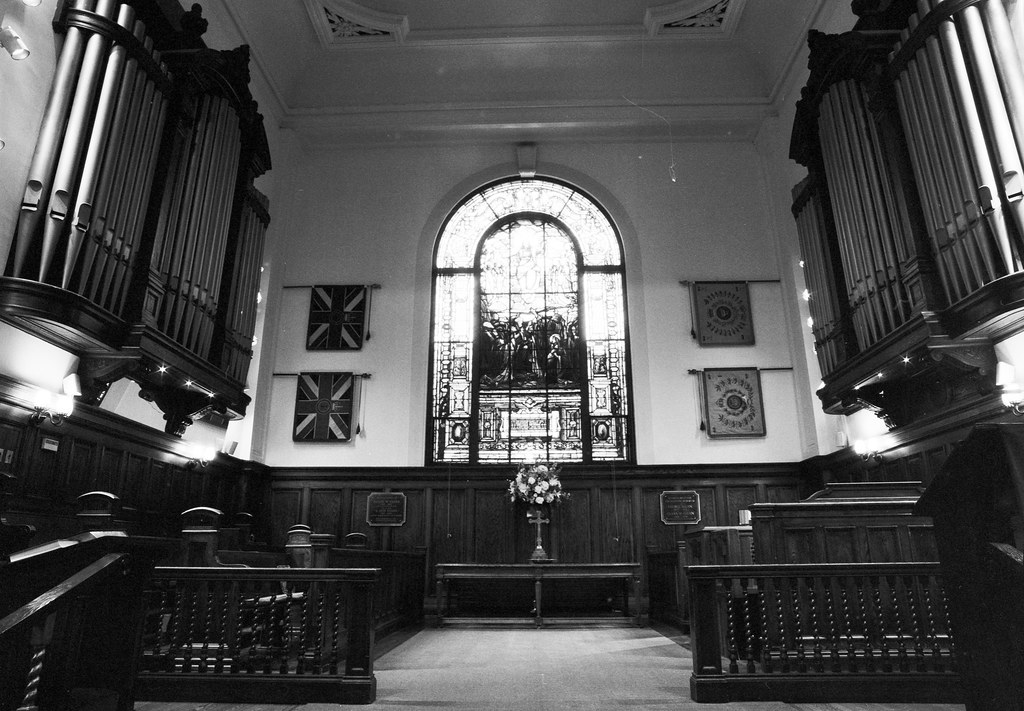
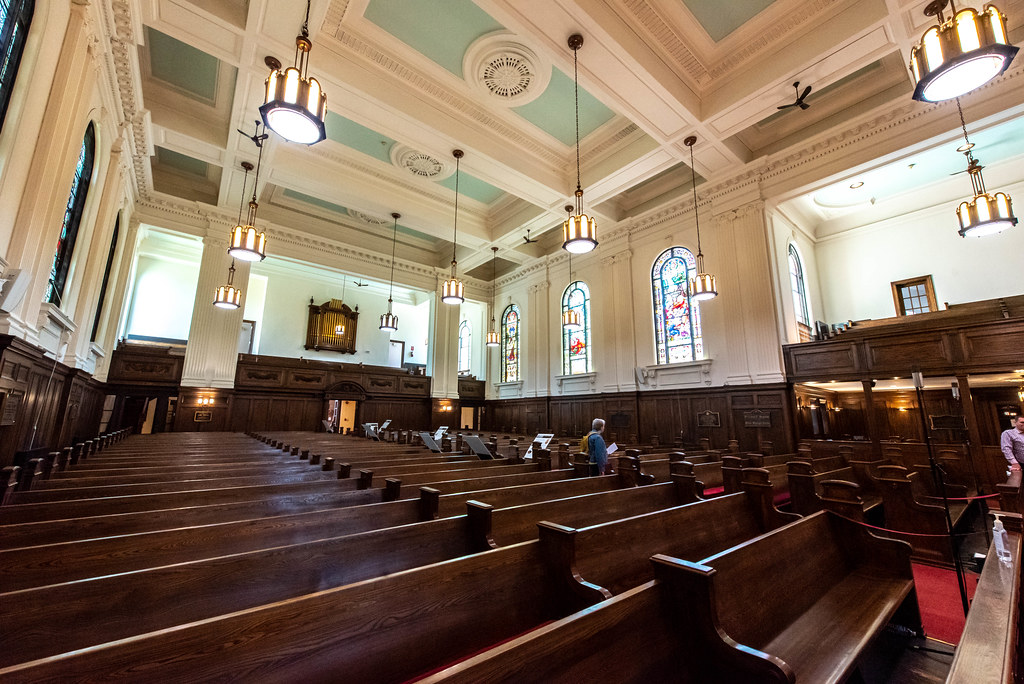
Doors Open Hamilton will always be a big draw for me, and while I have probably seen everything within the city itself that I would love to see, maybe next year I will head out to some of the smaller historical towns to check out some of their offerings next year. Until then, enjoy the rest of my images over on Flickr and stay tuned for Toronto’s doors open next month!